Inside the dirty war for Labor party power
It is rare for such arrogance and naked ambition to be exposed to full public glare but the Somyurek tapes reveal how deep the contempt runs in Labor politics.

Captured on 100 hours of covert surveillance tapes, some aired publicly this week, Somyurek boasted of controlling two-thirds of MPs from the governing party in his state.
He claimed he was “more powerful” than any of the party warlords who had preceded him in Victoria, naming factional warriors Stephen Conroy and Kim Carr. On one of the recordings leaked to the Nine Network’s 60 Minutes, he said he soon would be “running the joint” and “saying who is going to be premier”. For good measure, he added, “F..k the premier”.
Somyurek planned to push one “stupid f..king bitch” out of her ministry and other state Labor politicians out of their seats. The fate of up to eight federal MPs apparently rested in his hands as well — enough to make a difference in any partyroom spill for the national leadership despite Anthony Albanese protesting that Somyurek had “no influence” in Canberra. “Who’s going to protect Albo?” Somyurek is heard asking one Labor staff member.
It is rare for such arrogance and naked ambition to be exposed to full public glare. Somyurek had no idea he was being taped; his coarse language and personal slurs were never meant to see daylight. But they show, at their heart, a miserable contempt not only for his own party and its leaders but also for voters at large: the people he was ultimately elected to represent and serve with integrity.
The tapes also raise questions about how this politician, and those accepting his patronage, could be allowed by their party to hold positions of such influence.
How much did others in the party know? Why did they tolerate Somyurek? Especially so when the main source of Somyurek’s power — the practice he allegedly commandeered of branch stacking, or artificially inflating party membership numbers in local ALP branches — would appear to breach party rules. In this instance, the alleged faking of party memberships could lead to criminal charges.
The secretly recorded tapes appear to show Somyurek ordering some of his subordinates to forge signatures of newly signed-up party members, allegedly creating false statements in which branch members claim to have paid for memberships really paid in bulk by Somyurek or others.
Somyurek also is heard claiming he has directed some taxpayer-funded staff members to carry out party political operations during parliamentary working hours, with the approval of the MPs who employ them. This could be another offence if true. The matter is in the hands of police and Victoria’s anti-corruption investigator.
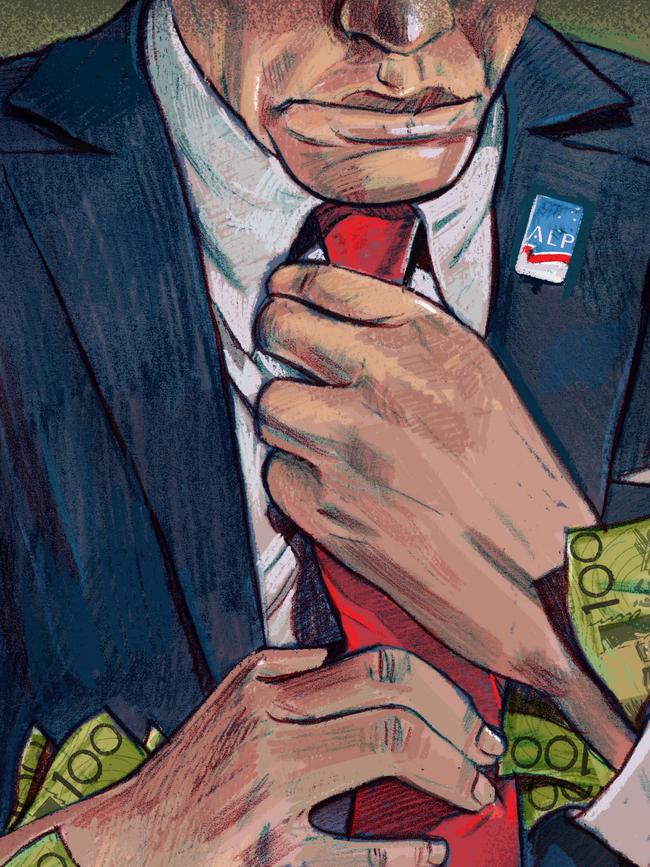
Dozens of personal text messages that federal MP Anthony Byrne sent across a two-year period to Somyurek, a long-time friend and confidant, are now out in the open.
They are vicious, highly embarrassing but also illuminating as Byrne tells Somyurek he wishes for the political death of Victorian Premier Dan Andrews, says he intends to decapitate one colleague and accuses Bill Shorten, a supposed ally, of disloyalty. “If I saw Bill today I would throw him out of my office,” Byrne texted.
Apparently leaked by Somyurek as retribution after learning Byrne’s electorate office was used to record much of the covert video and audio that led to his undoing, these texts offer confirmation, if any were needed, that loyalty in politics is skin deep. Byrne has claimed no knowledge of hidden recording equipment. But it seems treachery is never far away, even among allies, as a lust for power combines with self-absorbed egoism.
Andrews was quick to sack Somyurek for “deplorable” branch stacking and for disparaging his colleagues, while the man himself resigned from the ALP before he was expelled. Two more Victorian ministers implicated on the tapes, Somyurek allies Robin Scott and Marlene Kairouz, have resigned. Albanese was quick to dismiss Somyurek as “someone I’ve barely met” but sought to exert his authority with Labor’s national executive taking over the Victorian ALP branch and removing the right of state party members to select candidates until 2023.
Yet the damage is done. The Somyurek affair is more than what some call a “humiliating embarrassment”. It is an indictment of how a level of political corruption would seem acceptable in the eyes of some as a normal way of doing business, in the interests of accumulating power. Lost is Labor’s supposed purpose: winning elections to implement good government policy.
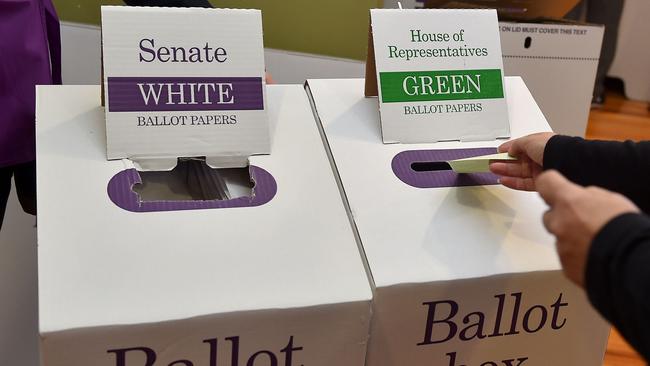
Some influential figures on Labor’s national executive attribute Somyurek’s rise and astounding success — until now — to a bigger party problem of lost ideology and direction. Since the end of the Cold War, historical divides between Right and Left have slipped. Labor’s faction system, despite its adherents saying they want more or less government intervention in the economy, or a greater or lesser welfare state, has been reduced to a more basic tribalism. Factions have become more structures for ambitious individuals to form alliances and advance careers. Shorten is the prime example of such a numbers man, but he is far from alone.
With a decline in unions as Labor’s traditional base, factions also have become vehicles for party staff members to work local branch numbers and score parliamentary seats.
This historical shift in the relevance of factions created the perfect environment for Somyurek. As the son of Turkish migrants living in Melbourne, he was a self-starter who drove taxis while studying for a politics degree. Hitching himself to Labor’s Right, he worked briefly for Victorian senator Jacinta Collins before joining Byrne’s staff in the late 1990s. He’d amassed the numbers for his own seat in Victoria’s upper house by 2002.
When the Andrews government was elected in 2014, Somyurek was appointed minister for small business and trade but was forced out a little more than six months later over allegations he had bullied his chief of staff. By the time of Labor’s re-election in 2018, Somyurek had clawed back his influence with control of key numbers in Labor’s Right faction. Appointing him to the local government and business portfolio, Andrews described him as his “good friend” who was “going to do a fantastic job”.
Trouble was not far away. Somyurek was accused of threatening tourism minister John Eren with “a butter knife” during a stoush in the parliamentary dining room, an allegation Somyurek has denied.
The same day, text messages Somyurek had sent Eren were leaked in which he was quoted as threatening “payback” against Richard Marles, then a senior federal Labor frontbencher and now deputy to Albanese. Like Eren, Marles was a faction man from the ALP Victorian Right — but on a different side of the Right to Somyurek in what had become a very fractured party makeup.
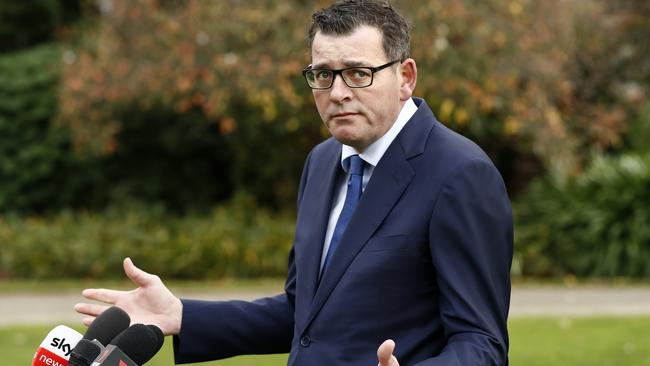
Somyurek’s most ferocious critics in the Victorian ALP claim power, not policy, has been his motivating force, fuelled by his branch-stacking expertise. “For him it’s been all about building a fiefdom, a feudal fiefdom, which is why we now have to say ‘no’,” says a Somyurek opponent from the party’s national executive.
Another Labor national executive colleague says associating with Somyurek’s group from now on could attract such an “ill odour” that former allies may demand a carve-up of his numbers. The other risk is Somyurek remaining a force to be reckoned with, using his enduring backroom loyalties to create havoc.
Former Victorian Labor senator Robert Ray lashed out at what he called the party’s “factional Daleks” in a 2006 Fabian Society speech. On that occasion, Ray was targeting Conroy, his successor as leader of Victoria’s Right faction, and Carr from the Left. But what he said sounds just as relevant: “A whole production line of soulless apparatchiks has emerged: highly proficient and professional but with no Labor soul, control freaks with tunnel vision, ruthless leakers in their self-interest, individuals who would rather the party lose an election than they lose their place in the pecking order.”
Branch stacking is hardly new. It is not a form of clearing the garden at weekends, or something you buy at Ikea, as my colleague Caroline Overington wittily suggested this week. Depending on how it is done, branch stacking is not necessarily a breach of party rules or illegal. The Liberal Party is not immune from it — although Labor’s organisation is more suited to its thriving.
Stacking branches boils down to how party members are recruited, legitimately or not, and many of the nation’s brightest, respected politicians have been beneficiaries after working tirelessly to knock off their opponents to score preselection.
Somyurek’s problem is the unprecedented scale of “stacks” to which he has apparently admitted on tape and the methodical way certain ethnic communities — Indian, Turkish and others — have been mobilised to manipulate party branch numbers.
On one recording, Somyurek is heard saying: “Our people have been putting like industrial-scale numbers, you know, just f..king masses for a year.” He also boasts of launching a “big f..king stackathon” to sign up large numbers in one go.
It was Graham Richardson who used the phrase “whatever it takes” as the title of his 1994 post-politics memoir. Now a columnist for The Australian, Richardson said becoming Bob Hawke’s numbers man was “a real charge, a surge of adrenaline; this was better than sex and almost as exciting as a good feed”. Somyurek might have experienced similar exhilaration. Yet in Richardson’s autobiography there is the definite sense he was also working with Hawke and Paul Keating to achieve something, for a common Labor purpose. They were not just acquiring power for power’s sake.
Richardson experienced his share of branch-stacking headaches too, most notably late one night in July 1980, as he describes in his book, when Peter Baldwin, whom he dubs “one of the left’s most successful branch stackers”, was severely bashed on returning to his home. After investigating the voting eligibility of NSW Labor’s Enmore branch in inner-west Sydney, Baldwin had found “so much evidence of rorting that it could not be ignored”.
Even the exploits of a young Keating, vying for preselection for the 1969 federal election, are the stuff of Labor legend. Keating faced a federal party executive challenge over the eligibility of preselection voters, as he told Fia Cumming for her book Mates: “Basically, they said I’d stacked the branches and I’d done this and that, where the truth was all my people were genuine, whereas the Left’s, all the Left’s were just numbers in a book. And I mean, a lot of their people were real too, but it was won legitimately.”
Albanese would be hard pressed to deny he did not come across branch stacking in his 1990s job as the ALP Left faction’s assistant secretary in NSW party head office before entering parliament. Branch stacking in Wollongong was rife with Macedonian community members signed up, sometimes by the hundreds, to pump up party branches for Labor’s Right.
Albanese probably won his seat of Grayndler, first time around, with the help of a local Left recruitment drive. Even now, the NSW ALP is weighed down by a branch- stacking scandal in Sydney’s western suburbs where Left faction forces loyal to former federal Labor MP Laurie Ferguson have been accused of falsifying branch records.
Shorten has had brushes with stacking allegations over the years. His ex-friend Kathy Jackson claimed during evidence to the unions royal commission in 2014 that Shorten, before entering parliament, handed thousands of dollars in cash to a Victorian “branch stacker” to pay for ALP memberships. Shorten dismissed this allegation as “untrue”.
In his 2015 Quarterly Essay, Faction Man: Bill Shorten’s Path to Power, David Marr tells how Bob Sercombe knew Shorten was “on the prowl” for his seat of Maribyrnong in 2005. Marr writes how Shorten came to terms with one of the “dark legends” of the Victorian party, Serbian-born George Seitz, now deceased, who had been stacking in Maribyrnong for 20 years: “His energy was endless and so was the money he had on hand to pay party memberships.” Marr also recounts how Shorten tied up Vietnamese votes through Sang Nguyen and Turkish votes through Hakki Suleyman, a local rival of Seitz. Sercombe eventually gave up, but not without claiming the central problem of the Victorian ALP branch was “an extremely arrogant, very feral Right seeking to throw their muscle around and take everything in their wake”. Sound familiar?
Until this week, Shorten was “broadly aligned” with Somyurek under a two-year-old cross-factional deal that included him and Somyurek from sections of Labor’s Right and a group of hard “Industrial-Left” unions including the CFMEU.
That unusual pact had the effect of shutting out other Right faction figures Conroy and Marles, and the Social Left’s Carr, terminating a “stability agreement” that had previously maintained peace in the Victorian ALP.
Shorten condemned Somyurek this week for “destructive”, “appalling” and “self-indulgent” conduct. But which way Shorten jumps now could be worth watching. Fanciful or not, he is reportedly interested in a leadership comeback one day. He is no friend of Albanese and the Victorian ALP is his power base. The conundrum for Shorten is whether to stick with the fragile alliance of his CFMEU mates and the rubble of Somyurek’s group, or jump to another one.
Some from the ALP Left regard Somyurek’s fall as an opportunity to clean up the party, smash the Right and accelerate the party’s shift their way. They advocate spot audits of branch numbers, stricter limits on how many members can be recruited at a time and a ban on cash payments.
Still others on the Left — notably the CFMEU and its friends — resent moves by Albanese and Andrews to neuter their ability to select candidates for the next three years. They are flagging court action to fight the takeover. Whatever happens, Labor faces prolonged internal turbulence that will get in the way of promoting it as an electable party.


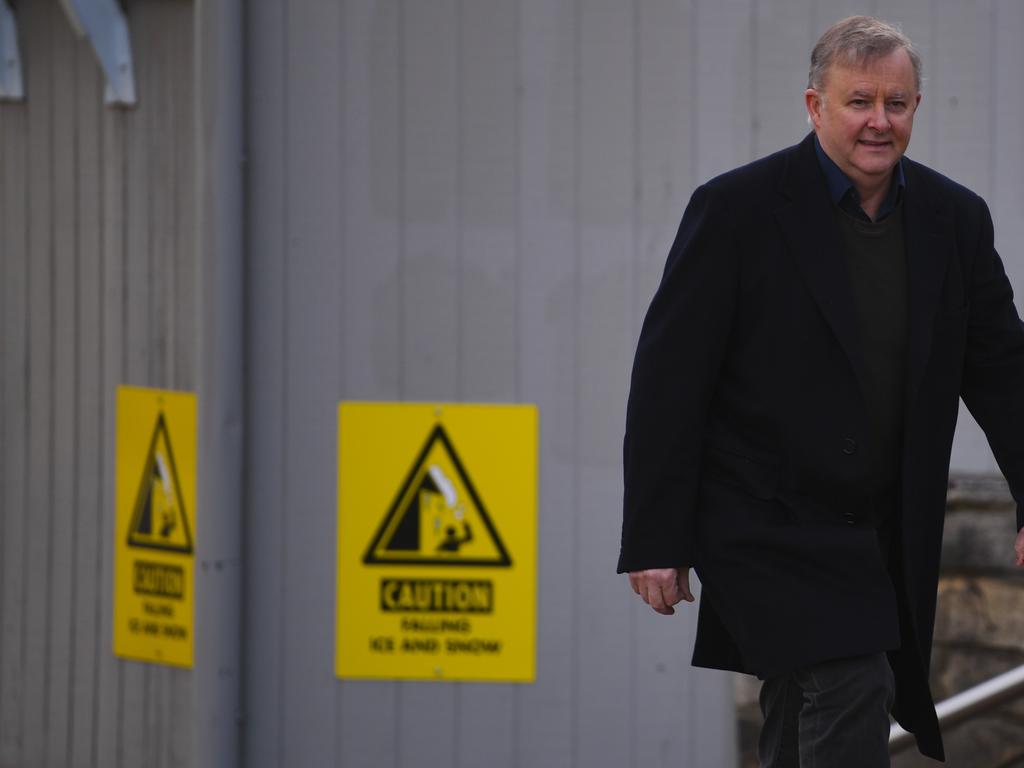
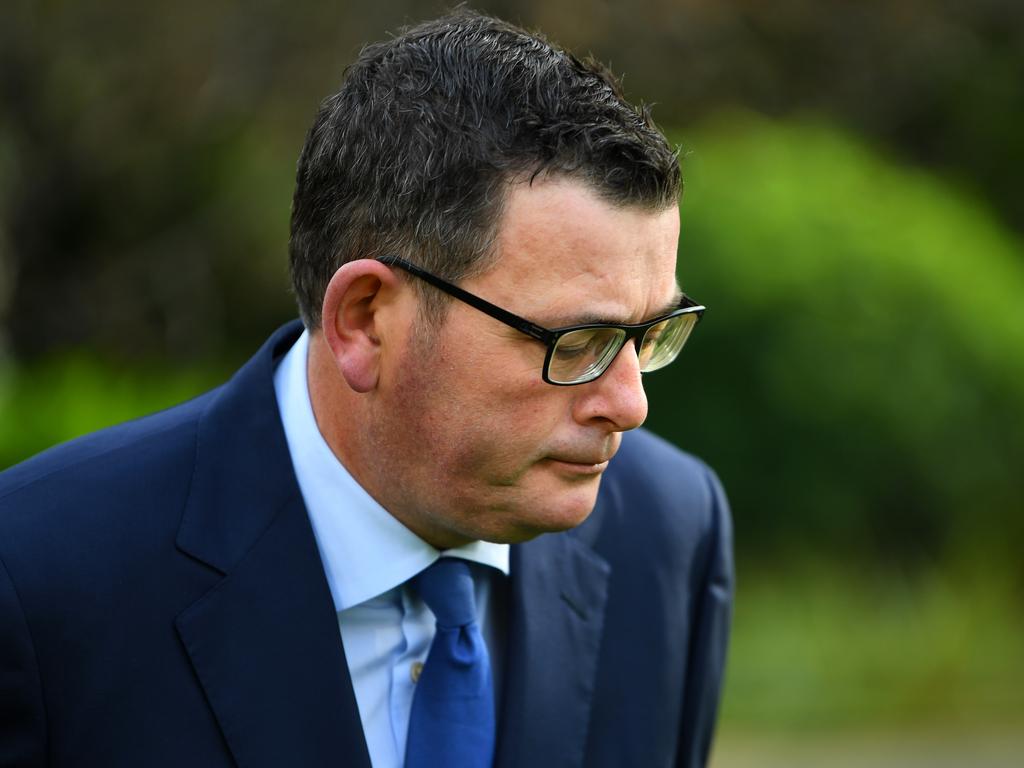
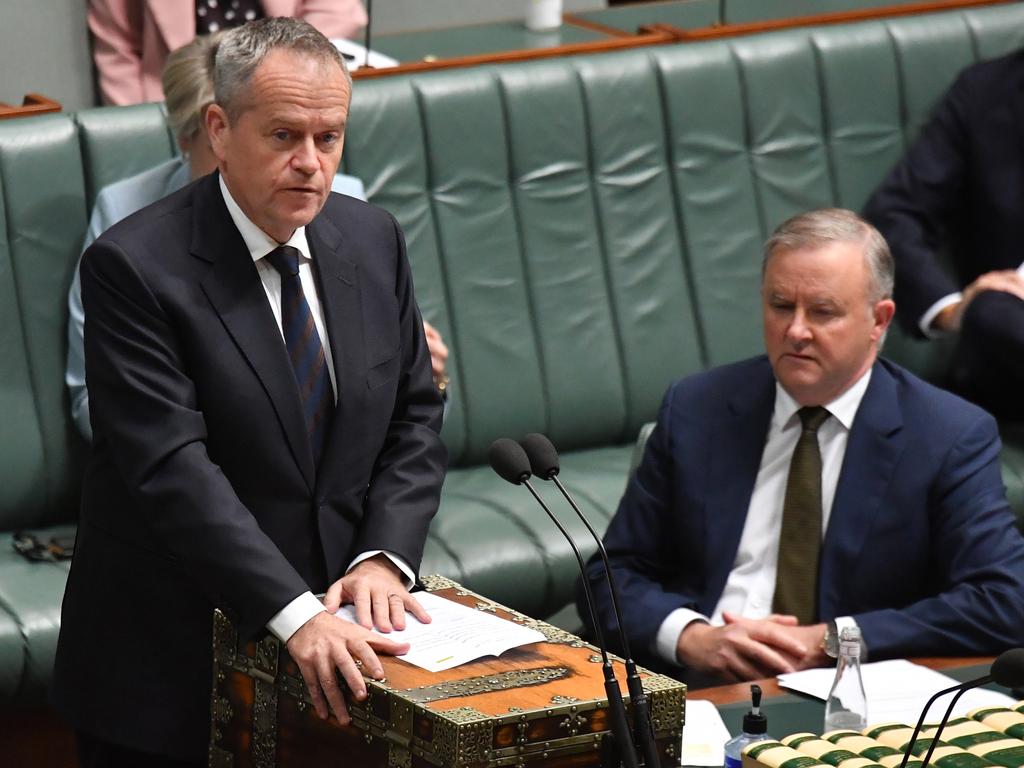
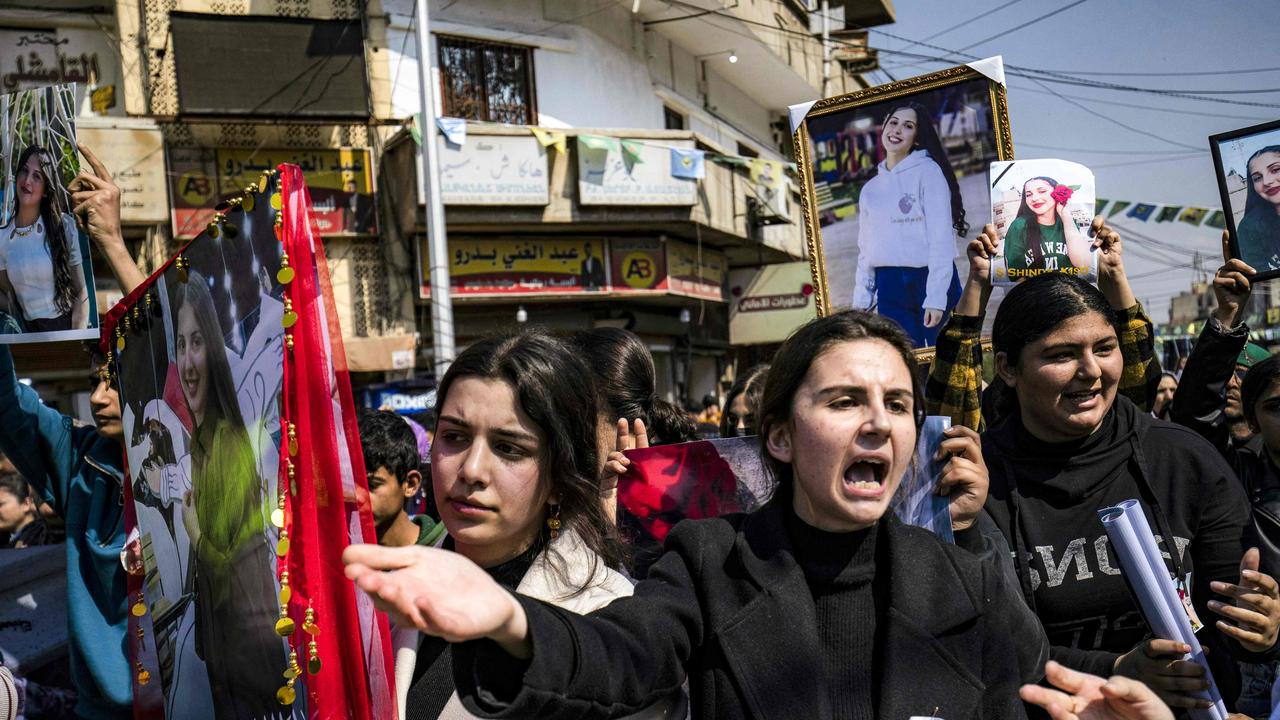
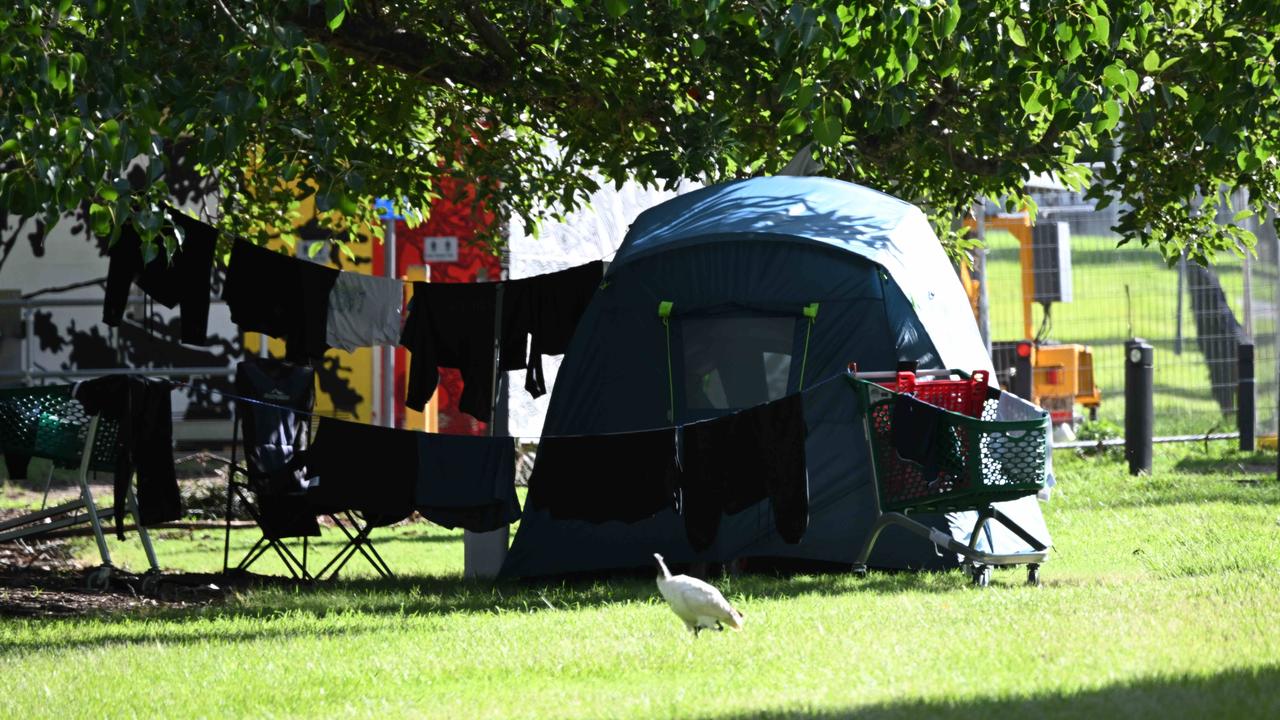
The brutal words of Victorian Labor minister Adem Somyurek were much more than political bluster. They were a shameful display of power, a blatant perversion of the democratic process.